Cercis canadensis, also known as the eastern redbud, is one of the plants we consider to be a pioneer species. What makes pioneer species special is that in the event of disturbance or destruction, they are the first to become established in that area, germinating and growing quickly in an effort to restore balance to the natural order. Cercis canadensis, in particular, is a deeply taprooted nitrogen fixing plant. The roots help to stabilize the soil, and the Rhizobium bacteria that it hosts on its roots allow the redbud to obtain the nitrogen it needs to grow from the air we breathe, allowing it to thrive in nutrient-poor soils. It’s this trait that makes the eastern redbud a great choice for habitat restoration or rewilding the land.
While some plant lists do not include Cercis canadensis as a keystone species, the issue with these lists is that they only focus on plants as an entomological food source (hosting caterpillars or providing pollen to specialist bees), and not on the wider impact that these species have on the ecosystem as a whole. It does host 24 different species of caterpillars, but it also provides nesting material for leafcutter bees, which seem to prefer the soft leaves of this shrub for their offspring. As a spring-flowering shrub, it also provides food for many spring-emergent pollinator species, when many other plants are beginning to wake up, and this feature makes the redbud a traditional seasonal indicator as the start of spring, with flowering stems cut from the shrub brought indoors to drive out winter. Prune a few flowering branches and bring them indoors to add to your spring bouquet.
It is also a food source for larger organisms, including humans. The flower buds and flowers make a great snack, tasting a bit like sweet peas, and the seed pods can be roasted and eaten. Some have taken to pickling the buds before they are opened to use in a similar fashion to capers. According to Wild Plant Culture by Jared Rosenbaum, the young leaves can also be eaten. It’s also been used medicinally – an infusion of the root and inner bark has been used to treat fevers and respiratory ailments. Some indigenous tribes would also use this infusion as an antiemetic. In Appalachia, green twigs are sometimes used to season wild game, giving rise to another localized common name: spicewood. All of this makes it a great option to add to a native food forest, one that is better suited to a smaller garden as opposed to some of the other nitrogen fixing trees commonly used in permaculture that are more likely to spread through root suckers, and a highly ornamental one at that.
This shrub can be used similarly to its western cousin when it comes to craft material. The wood, which is a clean bright white color when peeled, makes a nice building material. The shrub can be coppiced – something that helps it to add more nitrogen to the soil (nitrogen fixers release nitrogen fixers when roots die back, and coppicing allows this to happen more frequently in a more significant manner). The bark is very easy to peel in long strips off freshly cut wood, and can then in turn be used for basketry or cordage.
Because of the long taproot, be sure to plant it where you want it to grow. This shrub does not transplant readily, and even a small 2 year old sapling can have an impressive root system. Transplants are also very easily stressed, requiring a lot of water to become reestablished. Once established, this shrub is very easy to care for and drought tolerant. The deer also don’t seem to browse this species, but your deer may vary, and it’s always a good idea to protect newly planted trees and shrubs from herbivory until established. Buck rub is also always a risk in the winter months, but luckily this one bounces back readily.

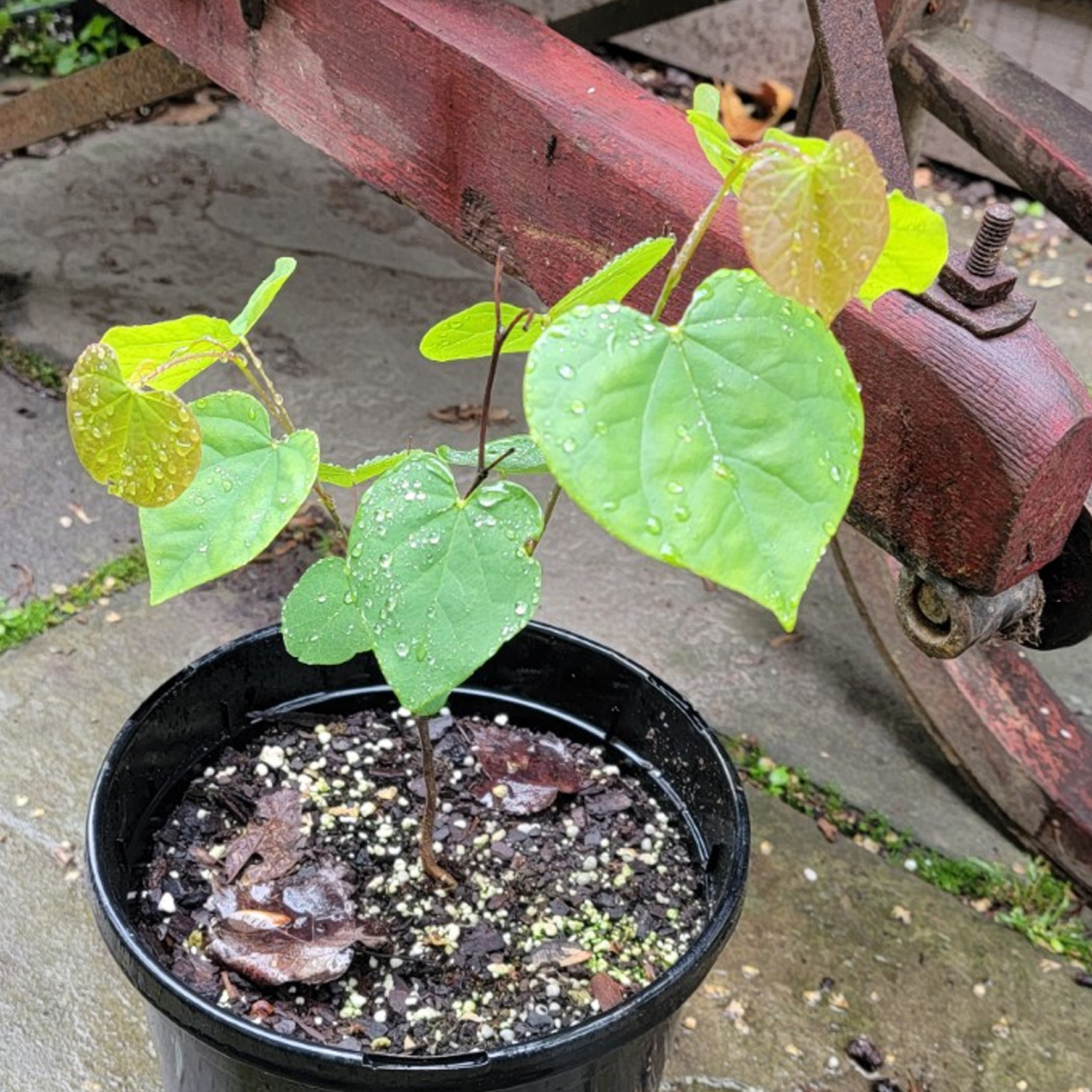

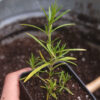





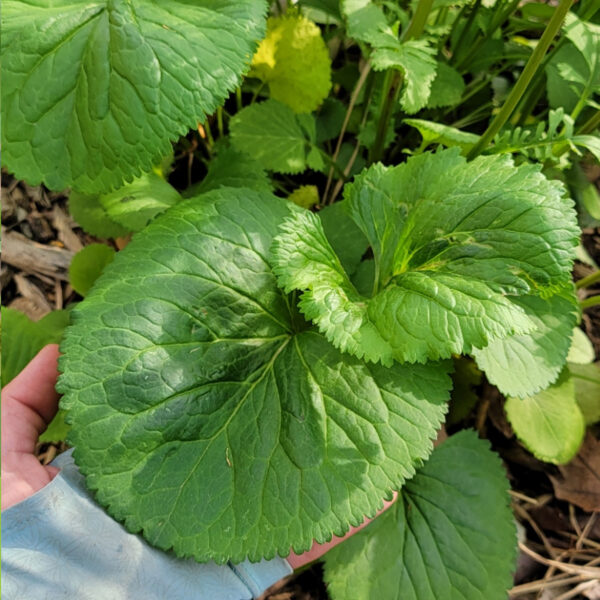





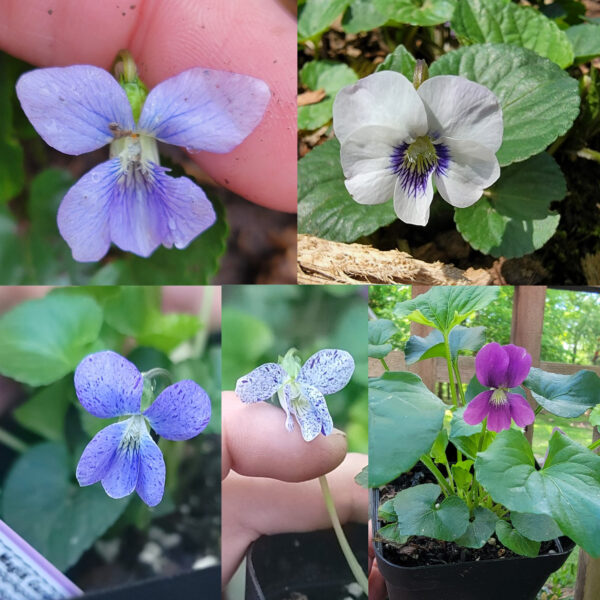


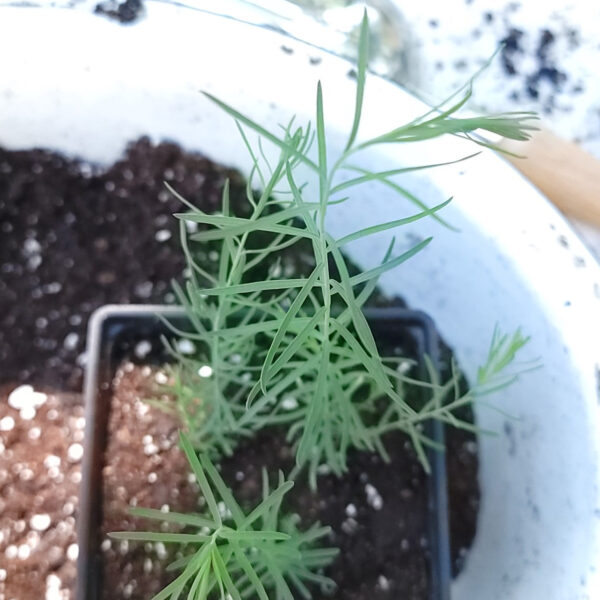


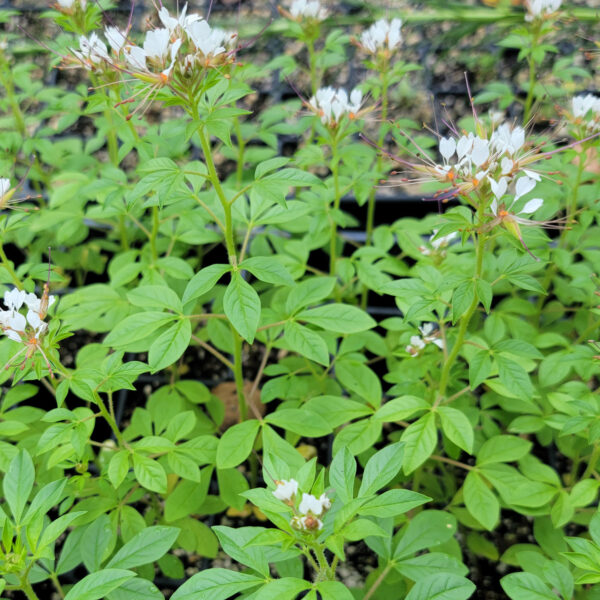

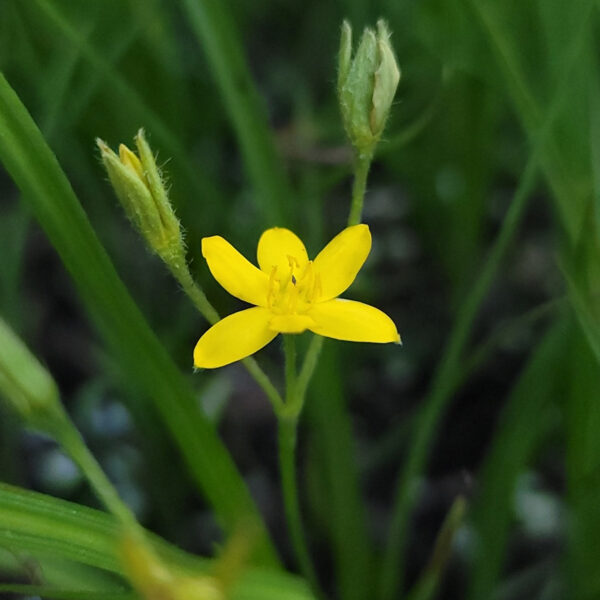

Reviews
There are no reviews yet.